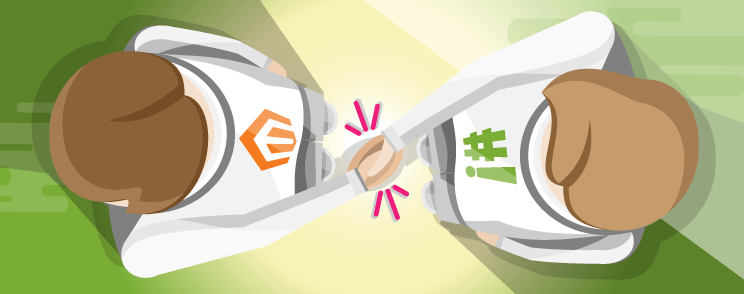Programming? Aren’t 80% of the articles programming related? Well, yes. However, there are some that are really related to programming style, best practices, etc or ones that we couldn’t place anywhere else.
How to programmatically create customers in Magento 2.3.x
There are several ways to create customers in Magento 2. A customer can create an account on their own using the sign-up form, a customer can be created through the admin interface, and there is even a built-in Magento 2 import feature that can mass import a huge number of customers from a CSV file, provided that the customer data in the CSV is import-ready.
But what if we have thousands of customers whose data still needs to be processed before they can be created? The best way to do this would be to create the customers programmatically.
In this article, we are going to cover the topic of creating customers programmatically, and to this purpose, we are going to create a simple Magento 2 module which is going to have a custom console command and a couple of models that are going to be used to read, process and create customers.
Read more


















